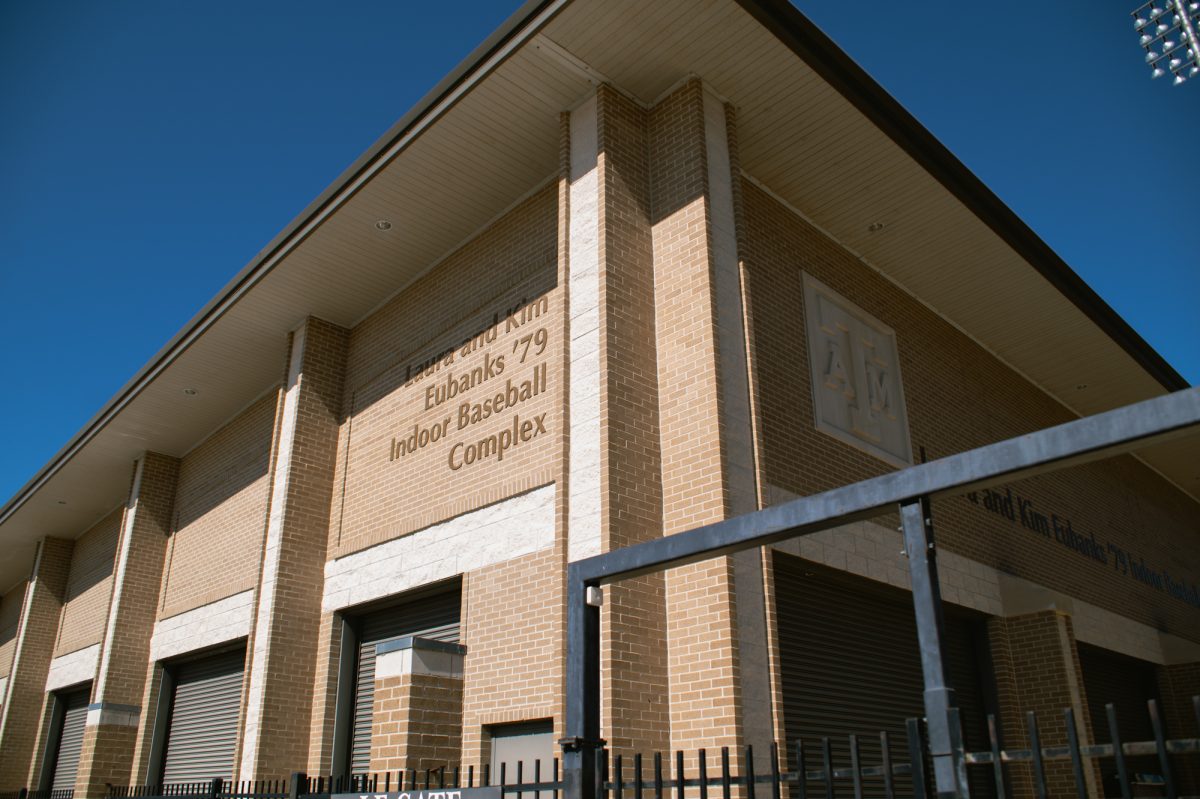Collaboration across health and architecture disciplines is a key factor in preparing for the future of health care, according to a lecture held Friday morning.
The Architecture for Health Lecture series invited leaders of both the health industry and the architecture industry to discuss the need for collaborative efforts amongst the disciplines.
George Mann, professor of health facilities design, invited Lieutenant General Dr. P.K. Carlton Jr., Rodney Hill, presidential professor at A&M, and Allan Parr, CEO of REES architectural firm and Class of ‘88, to discuss the need of collaborative efforts amongst the industries.
“They are working together across disciplines,” Mann said. “If you take the surgical suite as a team, it will improve. My best preparation for what I do was playing second basemen on a baseball team, it wasn’t art school, it wasn’t architecture school, it wasn’t an architecture firm, but it was a team sport.”
During the seminar, Hill said it is important to design buildings with the new technology in mind – new technology that maybe has not even been created yet.
“Essentially, hospitals that exist today will not exist in 2025,” Hill said. “They will be completely redesigned with all new features.”
These features include things like high grade air-filters, 3D projections of a heart that can be viewed during surgery, robot nurses and potentially surgeons, sensors integrated into contacts and advanced prosthetics, Hill said.
“Star Wars is here today, and that is where we are,” Carlton said.
Carlton has served as the surgeon general of the United States Air Force and said he has seen the need for these advanced stages of health care. However, Carlton said innovation can be hindered by the law and said he has had to less than legal means and circumvented paperwork to save lives.
“You can challenge things it just takes a while, but we are slow to adapt,” Carlton said. “It would have been perfectly fine to let that GI die in Baghdad, that’s the state of practice. Instead we gave him the chance to live, and he did.”
Mann said the panelists demonstrated how people from different professions can come together to solve problems.
“Some people say ‘why,’ while others will say ‘why not,’” Mann said. “And what I liked about A&M is the unique mentality of ‘why not.’”
Students who attended the event recognized this need of working together with others. Melyna Montoya, architecture senior, has attended other events in the series in order to learn more about this coordination.
“It was very inspiring because it was all about technology and how it was progressing into the future and how we have to incorporate it into our designs,” Montoya said. “Sometimes they have technology that hasn’t even been discussed or in production but you have to incorporate that already.”
Carlton said by utilizing different skills, a problem can be approached from multiple views until a solution is found.
“Complaints without solutions is whining, and we have a no whine zone- that summarizes our discussion,” Carlton said.
To solve health problems, there needs to be innovative solutions
November 21, 2014
0
Donate to The Battalion
$1765
$5000
Contributed
Our Goal
Your donation will support the student journalists of Texas A&M University - College Station. Your contribution will allow us to purchase equipment and cover our annual website hosting costs, in addition to paying freelance staffers for their work, travel costs for coverage and more!
More to Discover









